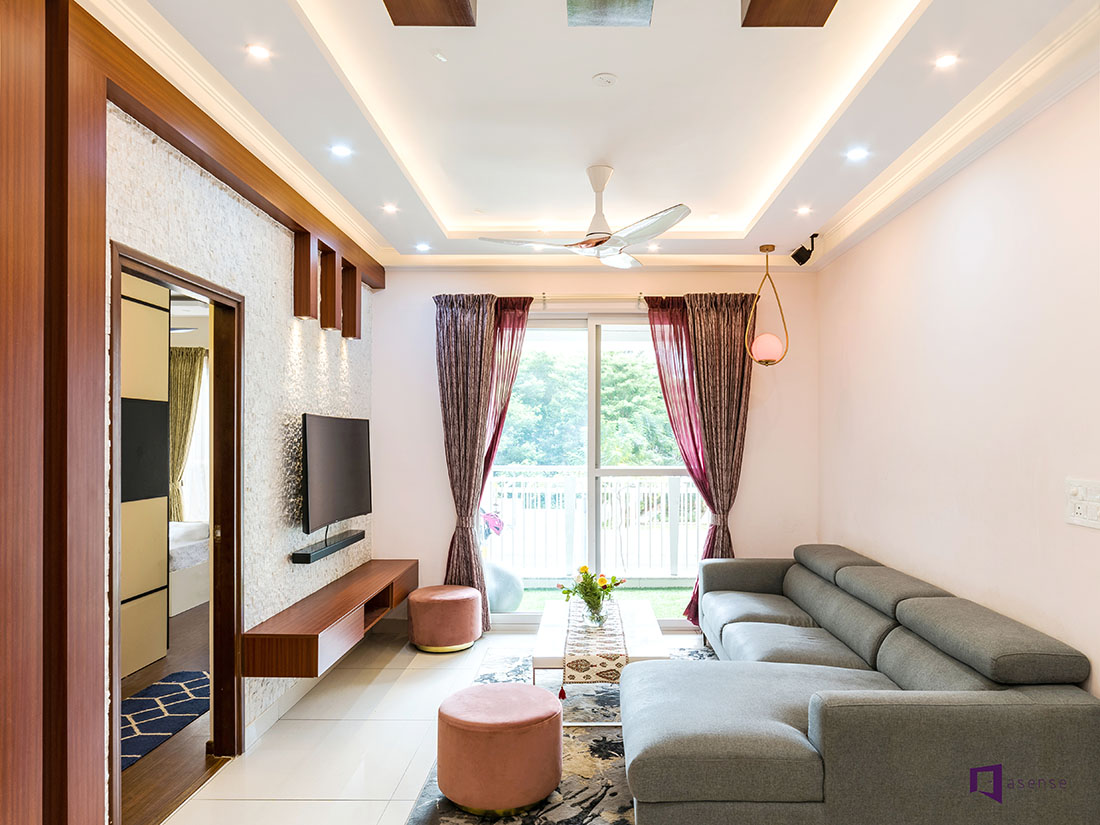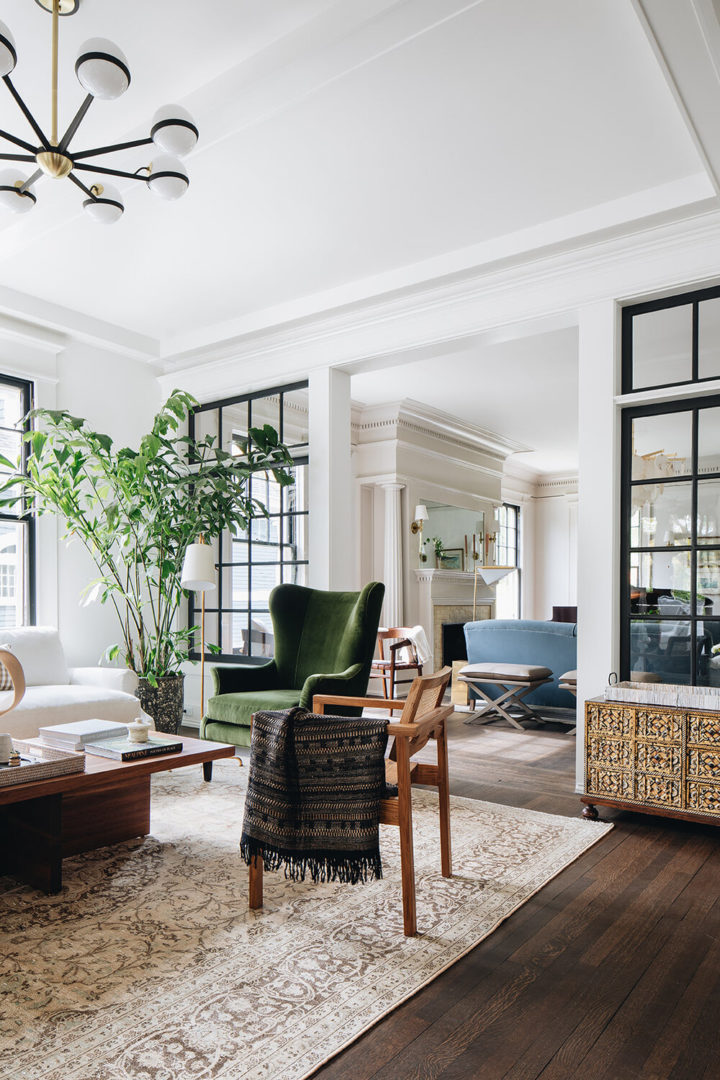Transform Your Home With Necessary Principles of Interior Decoration and Visual Appeals
The art of transforming your home via the vital principles of interior layout and aesthetics calls for a thoughtful method that harmonizes shade, balance, and spatial understanding. By understanding the influence of color concept and the significance of appearance and patterns, one can create areas that are not only visually enticing but likewise deeply individual. Achieving this stability involves greater than plain decoration; it includes a strategic plan and an eager understanding of how each element engages within a space. As we check out these fundamental ideas, take into consideration how they may redefine your understanding of home and individual expression.
Recognizing Shade Concept
Shade theory is an essential element of interior decoration that significantly influences mood, perception, and general visual. Understanding the principles of shade concept permits developers to produce rooms that reverberate mentally with passengers while satisfying practical demands (miami interior design). Shades can be classified into three key kinds: main, additional, and tertiary. Each classification plays a vital function in establishing harmony within a room.
The emotional effect of shades is profound; cozy tones such as reds and oranges evoke energy and heat, while amazing tones like blues and greens promote peace and harmony. Furthermore, using corresponding colors boosts aesthetic rate of interest, creating striking contrasts that can elevate an area's allure.
Neutral shades, on the other hand, act as a versatile backdrop, permitting other style elements to radiate. It is necessary to think about variables such as lighting and the area's function when picking a shade combination, as these can modify the perception of shades throughout the day.
Inevitably, a well-considered color plan can change a room, fostering a feeling of convenience and design that straightens with the residents' choices. Mastery of shade concept is, for that reason, a crucial ability for any indoor designer intending to create unified and inviting settings.
Accomplishing Balance in Style
Just how can developers attain a feeling of equilibrium in their rooms? Attaining equilibrium in layout is basic to creating harmonious interiors. Developers can utilize three primary sorts of balance: in proportion, unbalanced, and radial. Balanced equilibrium entails arranging elements evenly around a central factor, fostering a sense of order and harmony. This type frequently features pairs of furnishings or art work, improving aesthetic security.
Unbalanced equilibrium, on the various other hand, counts on varying aspects that still accomplish a cohesive look. This strategy permits for more dynamic and casual plans, offering interest while keeping balance. By thoroughly selecting differing sizes, shades, and appearances, designers can develop a visually engaging area that really feels well balanced yet energetic.
Radial equilibrium emphasizes a main centerpiece with components radiating outward. This style is commonly seen in round layouts, where furnishings and decor produce a cohesive border that attracts the eye inward.
Inevitably, achieving equilibrium requires thoughtful consideration of range, proportion, and the connections in between elements. interior design firms. By skillfully applying these balance concepts, developers can transform areas right into environments that feel both visually pleasing and functionally unified, enhancing the overall experience for passengers
Relevance of Spatial Awareness

An eager sense of spatial awareness permits developers to determine prime focus within a room, leading the customer's attention to crucial functions while preserving a general sense of unity. It also aids in the strategic placement of lights, which can considerably affect the understanding of area and mood. Understanding spatial relationships enables the developer to cater to the certain requirements of citizens, ensuring that each area offers its designated purpose without jeopardizing aesthetic appeals.
Ultimately, spatial recognition is vital for maximizing the possibility of any indoor space. By very carefully considering the interaction between dimensions, format, and function, developers can create atmospheres that not just meet sensible demands yet also stimulate a feeling of comfort and elegance, boosting the overall living experience.
Incorporating Structure and Patterns
Accepting a diverse array of appearances and patterns can considerably improve the aesthetic and tactile charm of an indoor room. The tactical use numerous materials-- such as wood, metal, textile, and stone-- creates depth and passion, making a room really feel more inviting and dynamic. Integrating smooth surface areas with rough structures can establish a balance that draws the you could check here eye and involves the detects.
When incorporating patterns, think about both range and repetition. Big patterns can work as centerpieces, while smaller sized, refined styles can match other aspects without frustrating the area. Layering patterns, such as pairing floral cushions with striped throws, adds intricacy and a feeling of consistency if carried out attentively.
It is also crucial to official statement maintain a natural color scheme, ensuring that textures and patterns interact instead than compete for focus. By selecting a couple of essential appearances and patterns, you can produce a linked aesthetic that mirrors your personal design while enhancing the general ambiance of the space. Ultimately, the cautious incorporation of these aspects can change a mundane room into an innovative atmosphere abundant with personality and warmth.
Individualizing Your Area
Developing a space that shows your individuality is important to accomplishing a really welcoming setting. Personalization in interior decoration allows you to infuse your one-of-a-kind style and passions into your home, changing it from a plain shelter right into a refuge that speaks with who you are. Begin by choosing a shade scheme that resonates with your emotions-- strong tones can energize, while soft tones offer serenity.
Integrate art work and decor that show your interests, whether it be traveling, nature, or abstract concepts. Showing individual collections, such as publications, photographs, or keepsakes, can stimulate cherished memories and create prime focus within a room. Additionally, think about tailoring This Site functional items, like upholstered furniture, to line up with your aesthetic choices.

Verdict
Finally, the improvement of a home via the essential concepts of interior style and aesthetic appeal necessitates a detailed understanding of color concept, equilibrium, spatial understanding, appearance, and personalization. Each element adds considerably to developing a harmonious and useful living atmosphere - luxury interior design. By attentively integrating these principles, people can enhance the aesthetic appeal and psychological vibration of their areas, ultimately cultivating a home that mirrors special identities while providing comfort and practicality